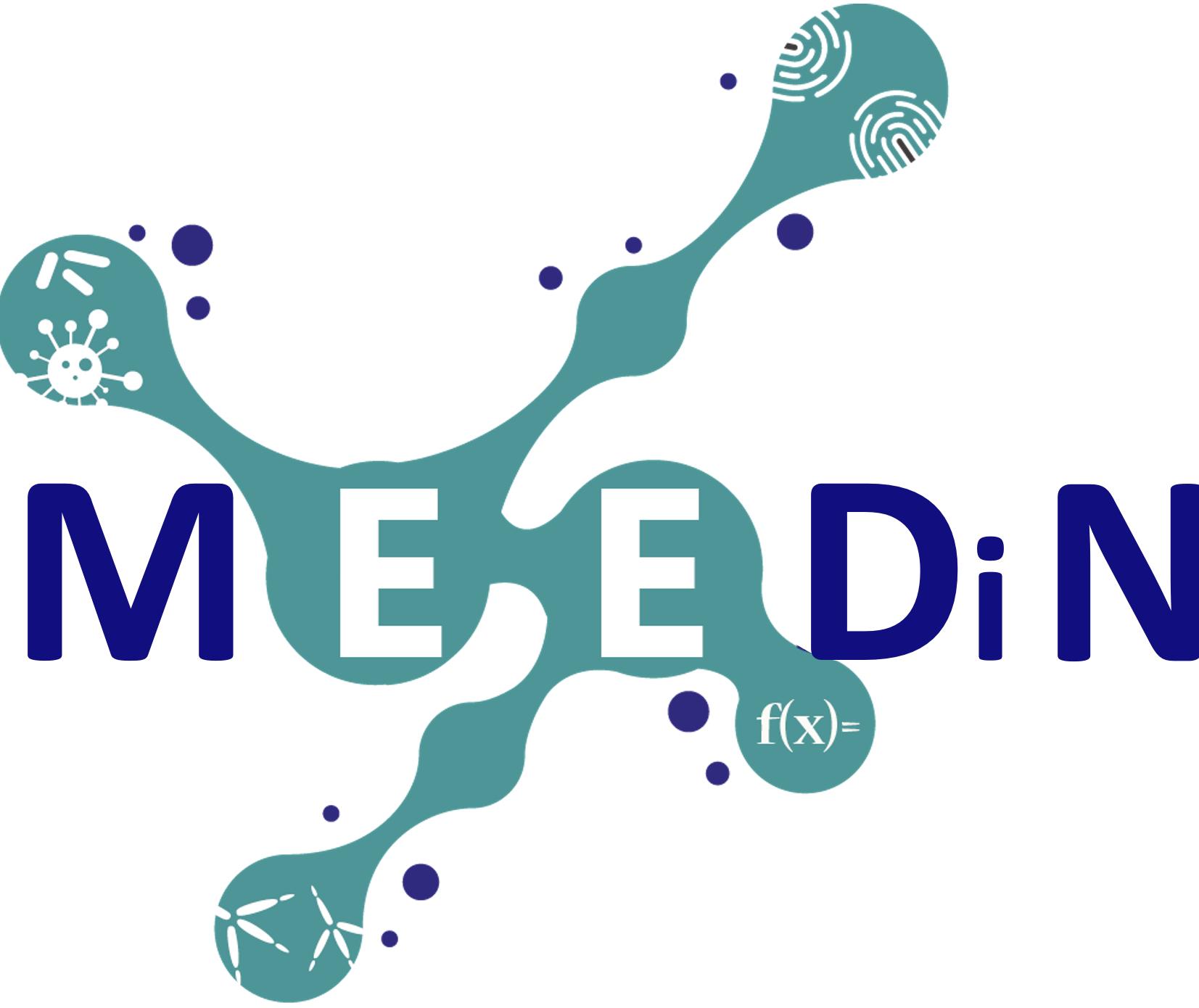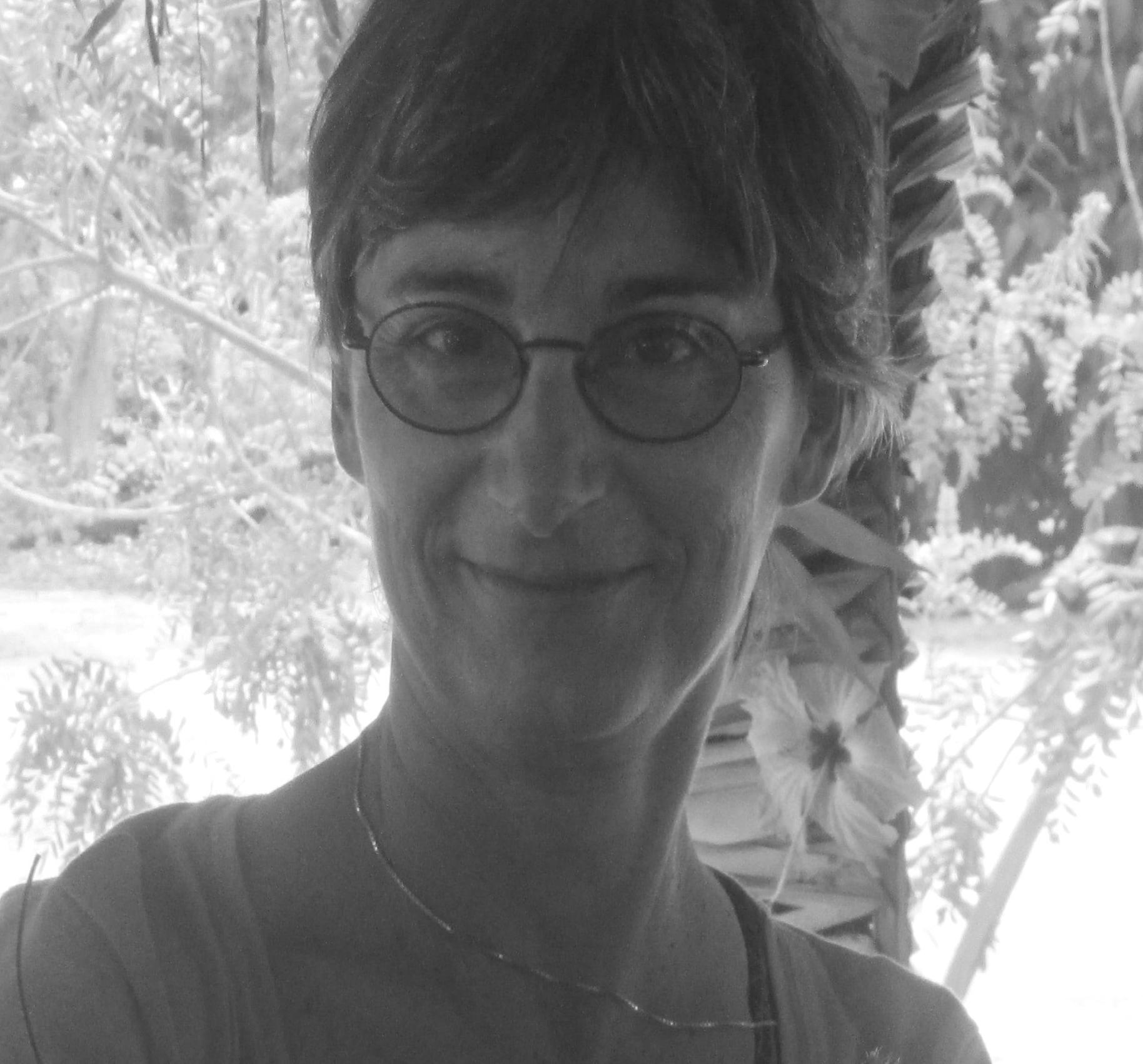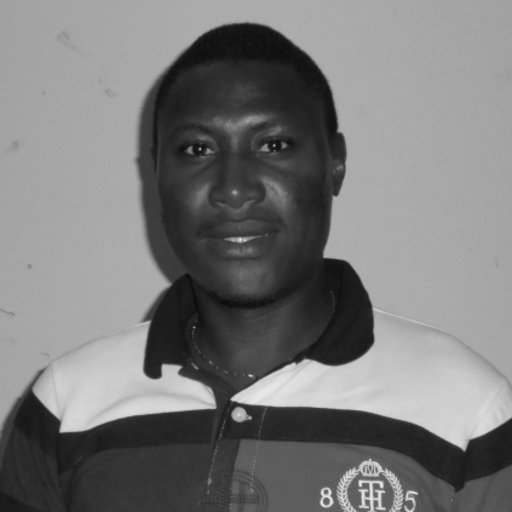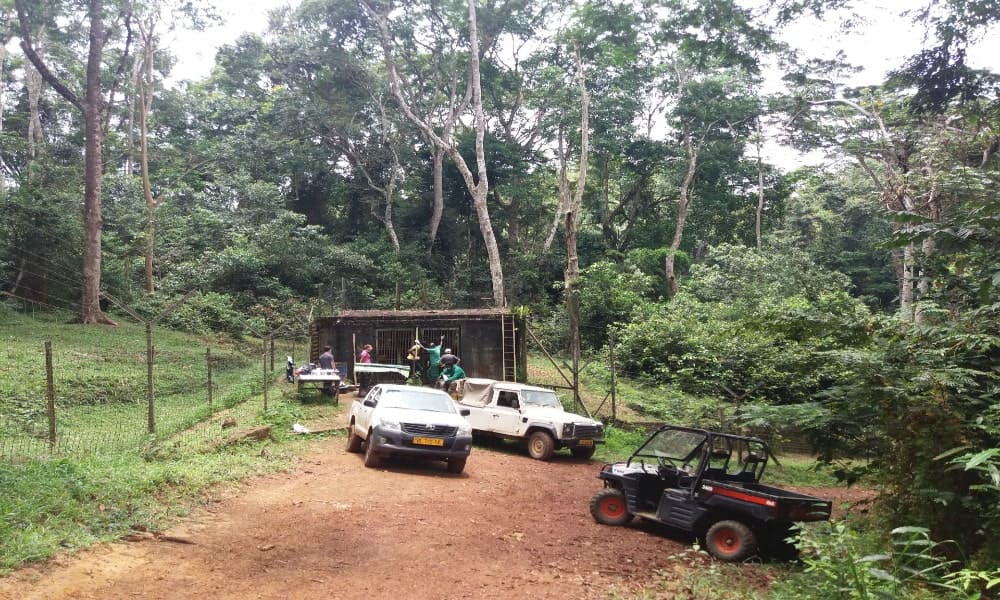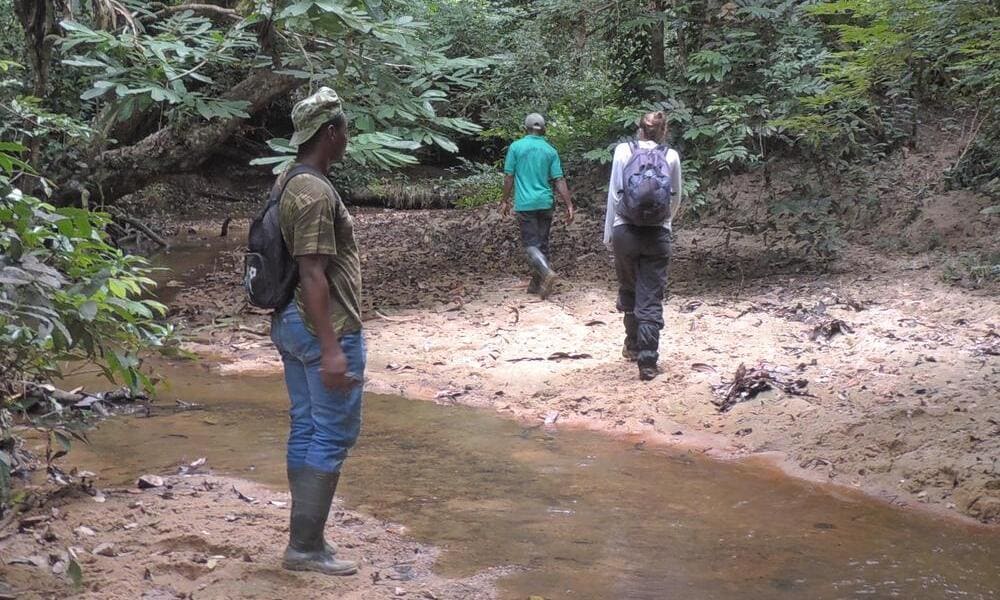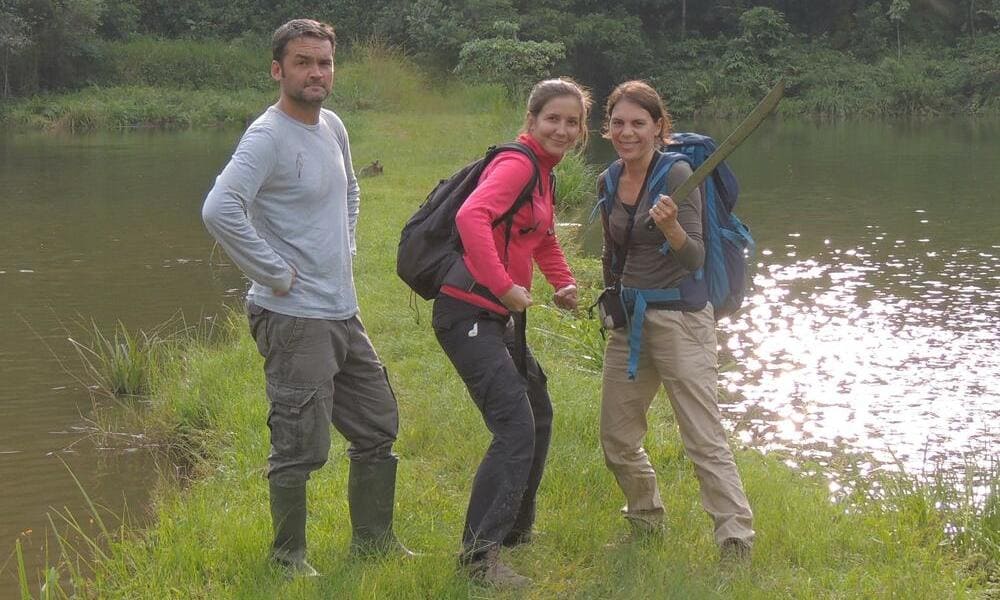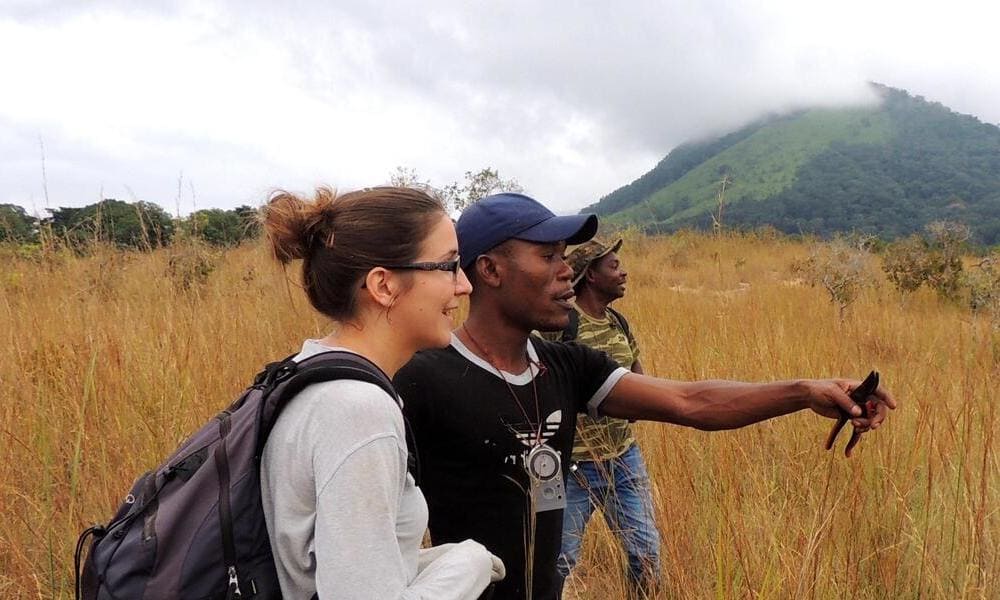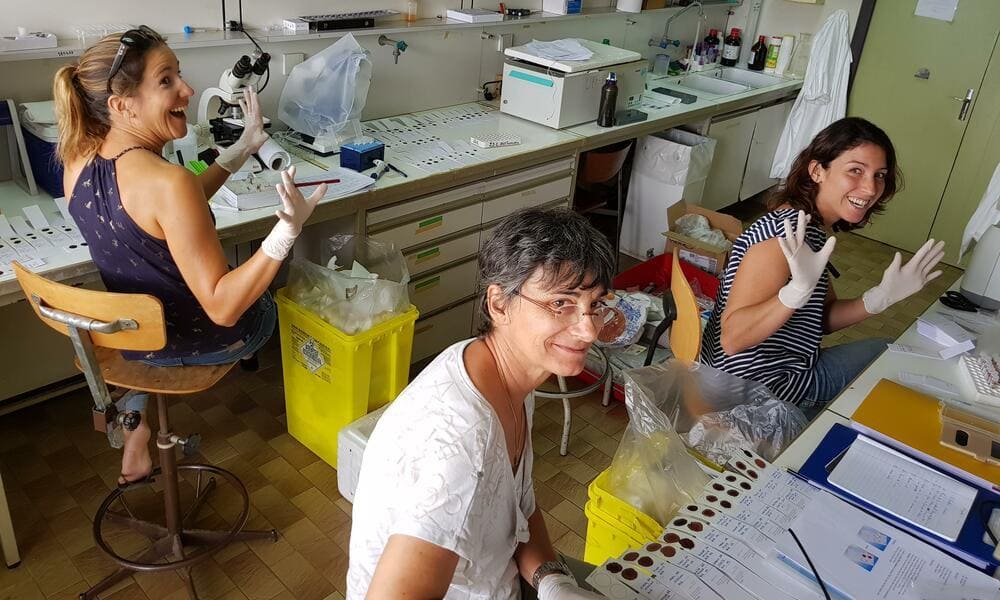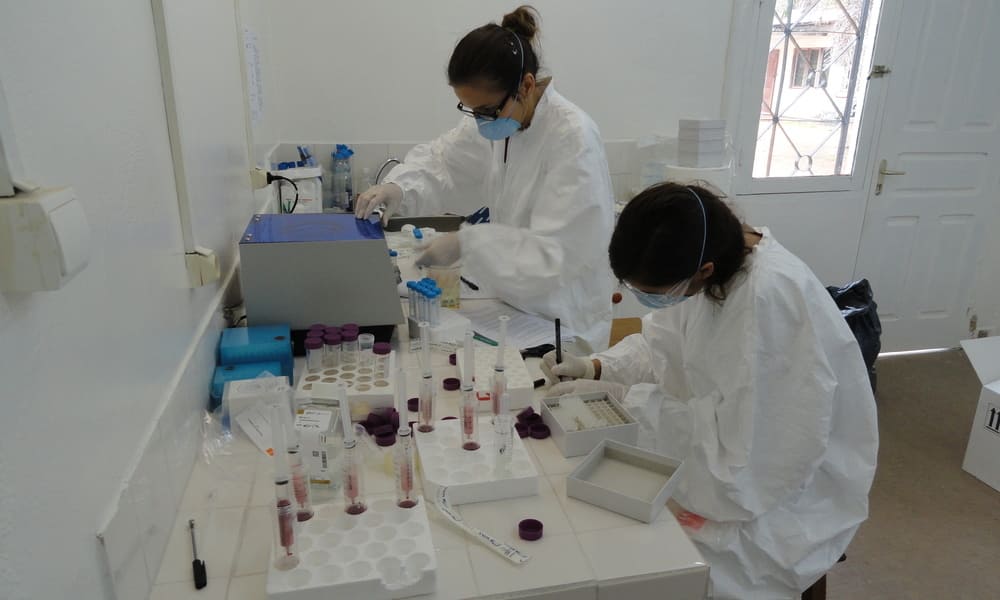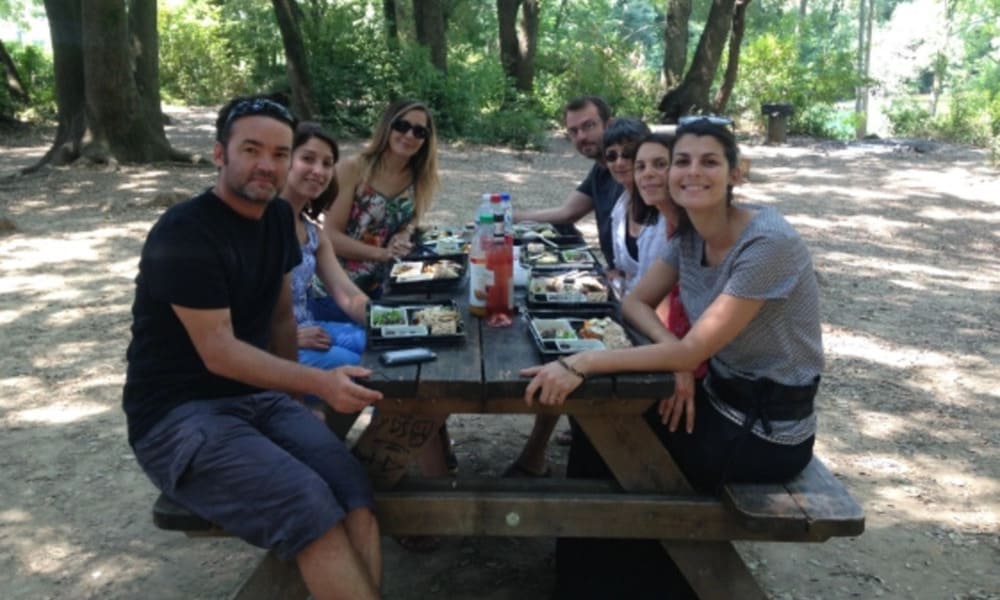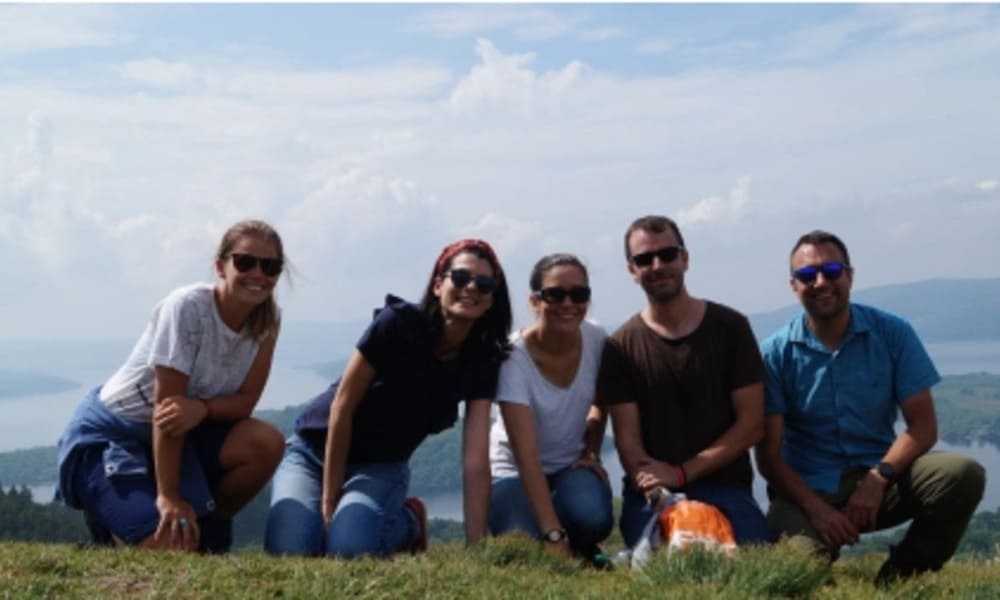Plasmodium vivax, the most prevalent human malaria parasite outside sub-Saharan Africa, represents an interesting model to study how pathogens adapt themselves to new environments. Indeed, the evolutionary history of this parasite is characterized by a succession of several colonization events on different primate species but also on different human populations. Very likely of Asian or African origin, P. vivax is indeed now present in almost all inter-tropical regions that it colonized more or less recently following human migrations. In the Americas, two events of colonization happened: (i) the first one when P. vivax arrived and infected new human populations and (ii) the second one with the transfer of P. vivax from humans to American monkeys, which gave rise to a new species genetically very close to P. vivax, named Plasmodium simium. During these colonisation events, P. vivax got exposed to new conditions in different vector species, in distinctive human populations and in different American monkey species. All these conditions likely exerted selective pressures on its genome to which it had to adapt by evolving towards new phenotypes and thus new genotypes.
One way to reconstruct the evolutionary history and predict genetic adaptation of parasites to new environments is to analyse whole genomes. Concerning P. vivax, although hundreds of strains from different parts of the world have been sequenced, genetic information about this parasite is still missing from several south American countries, mostly from the African continent (only few genomes have been published, with one from Mauritania, 4 from Madagascar and about 30 from Ethiopia) and from Eurasia (i.e. Turkey, Armenia, Azerbaidjan etc.). For P. simium, no genome has been yet published. Currently, the available genetic data are thus insufficient to robustly test evolutionary scenarios and study genetic adaptation of these parasites to new environments. Thus, one innovative aspect of this project will be to complete these last pieces of this “puzzle” by generating 372 genomes of P. vivax from missing countries in South America (N=69), Africa (N=189) and Eurasia (N=114) and to sequence the first P. simium genomes from other countries than Brazil (N=28).
GENERAL QUESTIONS. What is the evolutionary history of these parasites (P. vivax and P. simium) in the Americas? How, when and through which routes did they colonise the New World? How did they adapt to these new environments (new human populations, new vector species and new host species (Plathirrini monkeys))? Which genes have been involved?
Project funding: NA.
[Photo credit: Pixabay, Pexels
CURRENT TEAM MEMBERS

Lab manager, molecular biologist, specialized on Plasmodium.

"Evolutionary origins of Plasmodium vivax in Americas."
Funding : French Research Ministry fellowship

"Genetic adaptation of Plasmodium vivax to different hosts and human populations."

"Pathogenesis markers of African great apes malaria infections."
PAST TEAM MEMBERS
CURRENT PROJECTS
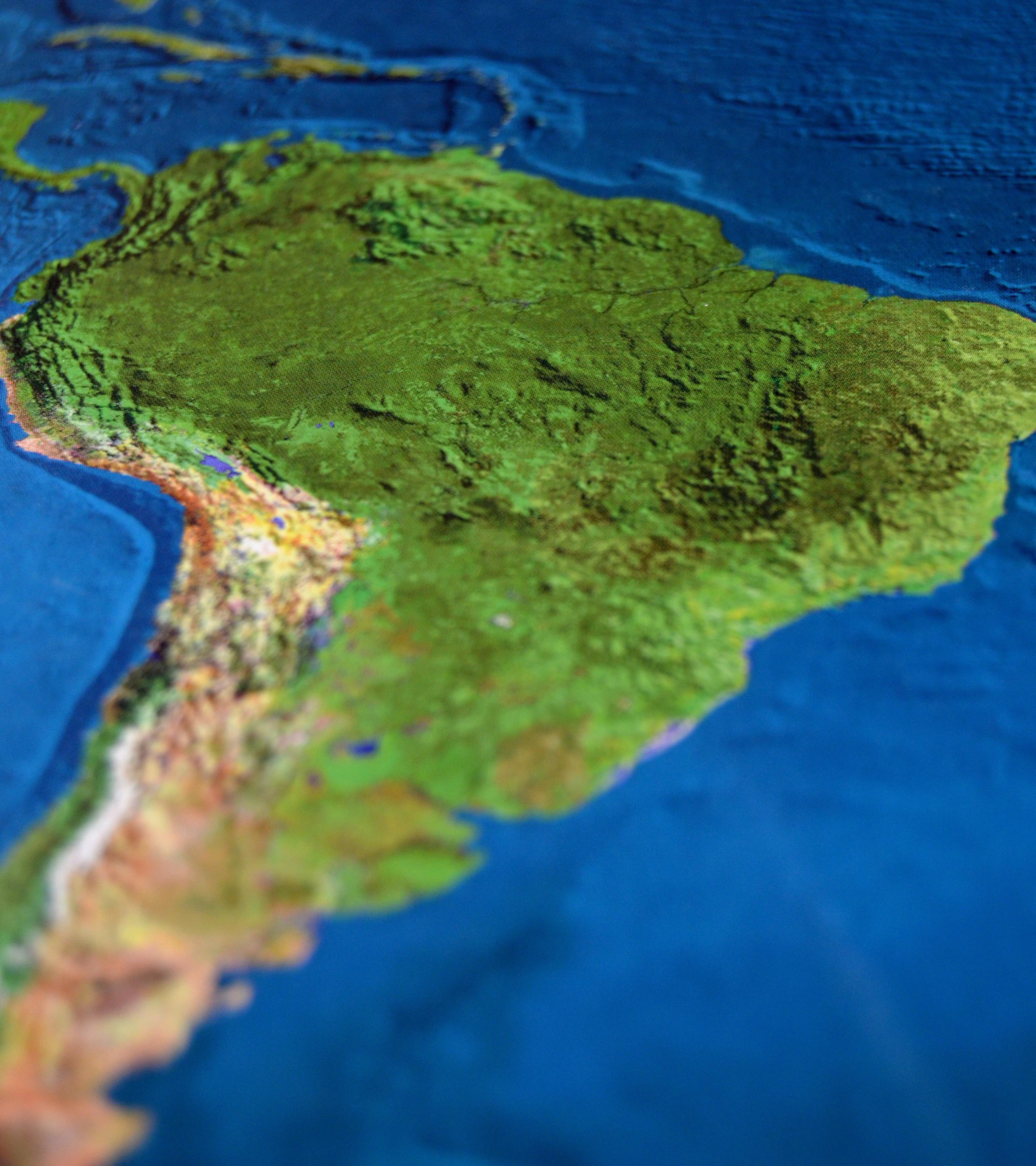
Collaborators : Franck Prugnolle (CREES, MIVEGEC), Michael Fontaine (CREES, MIVEGEC), Josquin Daron (MIVEGEC), Céline Arnathau (CREES, MIVEGECE), Patrick Durand (CREES, MIVEGEC), Andrea Chaves (Universidad of Costa Rica, Costa Rica) and Camila Gonzalez Rosas (Universidad de Los Andes, Colombia).
Students : Clarice Moulin (PhD student, 2020-2023) and Soledad Santillan (Master 2 student, 2020).

Collaborators: Josquin Daron (MIVEGEEC),Franck Prugnolle (CREES, MIVEGEC), Michael Fontaine (CREES, MIVEGEC), Céline Arnathau (CREES, MIVEGECE), Patrick Durand (CREES, MIVEGEC), Anne Boissière (MIVEGC).
Plasmodium vivax is the most prevalent and widespread human malaria parasite, with almost three billion people living at risk of infection. With the discovery of its closest genetic relatives in African great apes (Plasmodium vivax-like), the origin of P. vivax has been proposed to be located in the sub-Saharan African area. However, the limited number of genetic markers and samples investigated questioned the robustness of this result. Here, we examined the population genomic variation of 447 human P. vivax strains and 19 ape P. vivax-like strains originating from 24 different countries across the world. We identified 2,005,455 high quality single-nucleotide polymorphism loci allowing us to conduct an extensive characterization to date of P. vivax worldwide genetic variation. Phylogenetic relationships between human and ape Plasmodium revealed that P. vivax is a sister clade of P. vivax-like, not included within the radiation of P. vivax-like. By investigating a variety of aspects of P. vivax variation, we identified several striking geographical patterns in summary statistics as function of increasing geographic distance from Southeast Asia, suggesting that P. vivax may derived from serial founder effects from a single origin located in Asia.
Funding: ANR T-ERC EVAD
[Photo credit : Freepik]
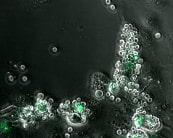
Collaborators : Céline Arnathau (CREES, MIVEGECE), and Anne Boissière (MIVEGEC)
A complementary in-depth molecular and functional analysis of genes involved in the adaptation of parasites to new environments is indispensable to provide a better understanding of how Plasmodium parasites adapt to different hosts. Functional experiments that directly measure the fitness effects of each mutation (and combinations of mutations) in each gene are fundamental to demonstrate adaptation and more data are needed. Of particular interests in Plasmodium parasites are the genes that govern host cell recognition (receptor) and entry by the parasite (ligand), specifically the RBC invasion. P. vivax, like the other malaria parasites, obligatorily infects at one stage of its life cycle the red blood cells (RBCs), with a preference for reticulocytes, or immature RBCs of its host. The success of this step determines whether P. vivax is able to infect a particular host or not, this project will thus focus specifically on RBCs invasion. The general goal will be to analyse the functional role of parasite ligands involved in RBCs invasion in the adaptation to different host species (humans, chimpanzees and gorillas). Published comparative genomic works and unpublished preliminary results obtained by myself this year allowed the identification of several proteins detected under positive selection, including some proteins involved in RBC invasion (such as Reticulocyte Binding Proteins, and PvDuffy Binding Protein, etc.). I thus propose to analyse these proteins as well as the parasite ligands involved in RBC invasion.
Project funding: ANR T-ERC EVAD
[Photo credit: Rougeron Virginie; Rosettes of Gorilla gorilla erythrocytes and COS-7 expressing PvDBP1 from P. vivax]

Collaborators: Ana Rivero(CREES, MIVEGEC, Montpellier), Carine Brouat, Nathalie Charbonnel and Laurent Granjon (CBGP, Montpellier), Larson Boundenga and Barthélémy Ngoubangoye (CIRMF, Franceville) and Boris Makanga (IRET, Franceville)
learn more ...
Host shifts are key processes in the evolution and diversification of host-parasite interactions and, as such, are considered to be one of the leading causes of the emergence of new infectious diseases and of the toll they impose on the health of humans, livestock and wildlife. The aim of this project is to study host shifts in rodent malaria (Plasmodium) parasites.
In natura , rodent malaria distribution is limited to the Congo Basin its host range seems to be largely restricted to one main host species, the thicket rat inhabiting the lowland tropical forests (Grammomys poensis). Preliminary results obtained by Franck Prugnolle’s group from Gabon, have demonstrated the natural circulation of rodent malaria across a large range of wild rodent species in sylvatic environments. More surprisingly, however, his group has also detected a high prevalence of rodent malaria infections in house mice in some rural villages. The house mouse was introduced into coastal areas of the African continent with the arrival of the European settlers and has since expanded its range, capturing new local pathogens along the way including rodent malaria agents in Gabon.
The project aims are to reply to the following questions: How and in which habitat this host shift from the native to the invasive rodent (the house mouse) occurred? What mosquito species have played a role of bridge between the natural sylvatic hosts and the invasive human-commensal host? How has the parasite adapted genetically and phenotypically to the new host and how has the host in turn responded to this new parasite species?
Funding: ANR MICETRAL
[Photo credit : B Dupont]
RELEVANT PUBLICATIONS Click here for the full list
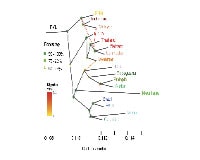
BioXriv
doi. 10.1101/2020.04.29.067439
click for abstract ...
Plasmodium vivax is the most prevalent and widespread human malaria parasite, with almost three billion people living at risk of infection. With the discovery of its closest genetic relatives in African great apes (Plasmodium vivax-like), the origin of P. vivax has been proposed to be located in the sub-Saharan African area. However, the limited number of genetic markers and samples investigated questioned the robustness of this result. Here, we examined the population genomic variation of 447 human P. vivax strains and 19 ape P. vivax-like strains originating from 24 different countries across the world. We identified 2,005,455 high quality single-nucleotide polymorphism loci allowing us to conduct an extensive characterization to date of P. vivax worldwide genetic variation. Phylogenetic relationships between human and ape Plasmodium revealed that P. vivax is a sister clade of P. vivax-like, not included within the radiation of P. vivax-like. By investigating a variety of aspects of P. vivax variation, we identified several striking geographical patterns in summary statistics as function of increasing geographic distance from Southeast Asia, suggesting that P. vivax may derived from serial founder effects from a single origin located in Asia.
Read more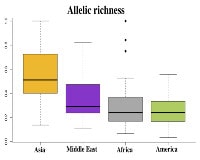
PLoS NTD
click for abstract ...
More than 200 million malaria clinical cases are reported each year due to Plasmodium vivax, the most widespread Plasmodium species in the world. This species has been neglected and understudied for a long time, due to its lower mortality in comparison with Plasmodium falciparum. A renewed interest has emerged in the past decade with the discovery of antimalarial drug resistance and of severe and even fatal human cases. Nonetheless, today there are still significant gaps in our understanding of the population genetics and evolutionary history of P. vivax, particularly because of a lack of genetic data from Africa. To address these gaps, we genotyped 14 microsatellite loci in 834 samples obtained from 28 locations in 20 countries from around the world. We discuss the worldwide population genetic structure and diversity and the evolutionary origin of P. vivax in the world and its introduction into the Americas. This study demonstrates the importance of conducting genome-wide analyses of P. vivax in order to unravel its complex evolutionary history.
Read more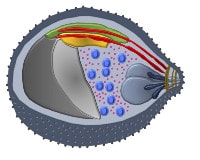
PLoS Pathogens
click for abstract ...
The absence of the Duffy protein at the surface of erythrocytes was considered for decades to confer full protection against Plasmodium vivax as this blood group is the receptor for the key parasite ligand P. vivax Duffy binding protein (PvDBP). However, it is now clear that the parasite is able to break through this protection and induce clinical malaria in Duffy-negative people, although the underlying mechanisms are still not understood. Here, we briefly review the evidence of Duffy-negative infections by P. vivax and summarize the current hypothesis at the basis of this invasion process. We discuss those in the perspective of malaria-elimination challenges, notably in African countries.
Read more
Ecol Evol
click for abstract ...
The order Haemosporidia gathers many protozoan parasites which are known to infect many host species and groups. Until recently, the studies on haemosporidian parasites primarily focused on the genus Plasmodium among a wide range of hosts. Genera, like the genus Hepatocystis, have received far less attention. In the present study, we present results of a survey of the diversity of Hepatocystis infecting bats and monkeys living in a same area in Gabon (Central Africa). Phylogenetic analyses revealed a large diversity of Hepatocystis lineages circulating among bats and monkeys, among which certain were previously observed in other African areas. Both groups of hosts harbor parasites belonging to distinct genetic clades and no transfers of parasites were observed between bats and monkeys. Finally, within each host group, no host specificity or geographical clustering was observed for the bat or the primate Hepatocystis lineages.
Read more
PLoS Biol.
click for abstract ...
Although Plasmodium vivax is responsible for the majority of malaria infections outside Africa, little is known about its evolution and pathway to humans. Its closest genetic relative, P. vivax-like, was discovered in African great apes and is hypothesized to have given rise to P. vivax in humans. To unravel the evolutionary history and adaptation of P. vivax to different host environments, we generated using long- and short-read sequence technologies 2 new P. vivax-like reference genomes and 9 additional P. vivax-like genotypes. Analyses show that the genomes of P. vivax and P. vivax-like are highly similar and colinear within the core regions. Phylogenetic analyses clearly show that P. vivax-like parasites form a genetically distinct clade from P. vivax. Concerning the relative divergence dating, we show that the evolution of P. vivax in humans did not occur at the same time as the other agents of human malaria, thus suggesting that the transfer of Plasmodium parasites to humans happened several times independently over the history of the Homo genus. We further identify several key genes that exhibit signatures of positive selection exclusively in the human P. vivax parasites. Two of these genes have been identified to also be under positive selection in the other main human malaria agent, P. falciparum, thus suggesting their key role in the evolution of the ability of these parasites to infect humans or their anthropophilic vectors. Finally, we demonstrate that some gene families important for red blood cell (RBC) invasion (a key step of the life cycle of these parasites) have undergone lineage-specific evolution in the human parasite (e.g., reticulocyte-binding proteins [RBPs]).
Read more
PLoS Biol.
click for abstract ...
Plasmodium falciparum, the most virulent agent of human malaria, shares a recent common ancestor with the gorilla parasite Plasmodium praefalciparum. Little is known about the other gorilla- and chimpanzee-infecting species in the same (Laverania) subgenus as P. falciparum, but none of them are capable of establishing repeated infection and transmission in humans. To elucidate underlying mechanisms and the evolutionary history of this subgenus, we have generated multiple genomes from all known Laverania species. The completeness of our dataset allows us to conclude that interspecific gene transfers, as well as convergent evolution, were important in the evolution of these species. Striking copy number and structural variations were observed within gene families and one, stevor, shows a host-specific sequence pattern. The complete genome sequence of the closest ancestor of P. falciparum enables us to estimate the timing of the beginning of speciation to be 40,000-60,000 years ago followed by a population bottleneck around 4,000-6,000 years ago. Our data allow us also to search in detail for the features of P. falciparum that made it the only member of the Laverania able to infect and spread in humans.
Read more
Ecol Evol.
click for abstract ...
Strong founder effects resulting from human migration out of Africa have led to geographic variation in single nucleotide polymorphisms (SNPs) and microsatellites (MS) of the malaria parasite, Plasmodium falciparum. This is particularly striking in South America where two major founder populations of P. falciparum have been identified that are presumed to have arisen from the transatlantic slave trade. Given the importance of the major variant surface antigen of the blood stages of P. falciparum as both a virulence factor and target of immunity, we decided to investigate the population genetics of the genes encoding "Plasmodium falciparum Erythrocyte Membrane Protein 1" (Pf EMP1) among several countries in South America, in order to evaluate the transmission patterns of malaria in this continent. Deep sequencing of the DBLα domain of var genes from 128 P. falciparum isolates from five locations in South America was completed using a 454 high throughput sequencing protocol. Striking geographic variation in var DBLα sequences, similar to that seen for SNPs and MS markers, was observed. Colombia and French Guiana had distinct var DBLα sequences, whereas Peru and Venezuela showed an admixture. The importance of such geographic variation to herd immunity and malaria vaccination is discussed.
Read moreNEWS
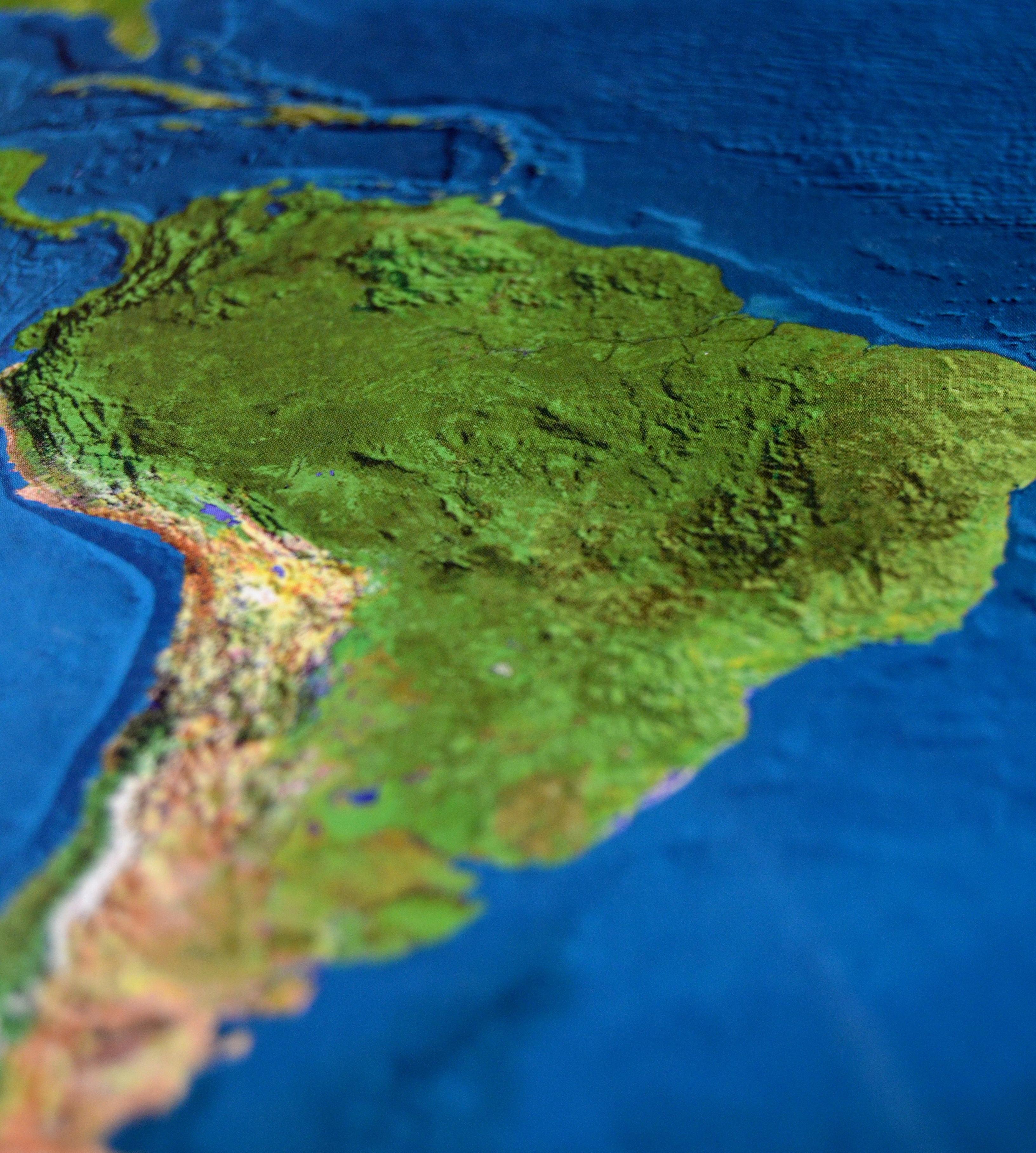
GENERAL QUESTIONS. What is the evolutionary history of these parasites (P. vivax and P. simium) in the Americas? How, when and through which routes did they colonise the New World? How did they adapt to these new environments (new human populations, new vector species and new host species (Plathirrini monkeys))? Which genes have been involved?

Soledad just joined our team for the next six months with a project entitled: "Genetic adaptation of Plasmodium vivax to different hosts and human populations."
[Photo credit: Soledad Santillan]

Clarice will be joining our team with a project entitled: "Evolutionary origins of Plasmodium vivax in Americas." in October 2020 for three years.
Read more
So proud of you!
Read morePHOTO GALLERY
Field mission 2018
Field mission 2015
Montpellier

